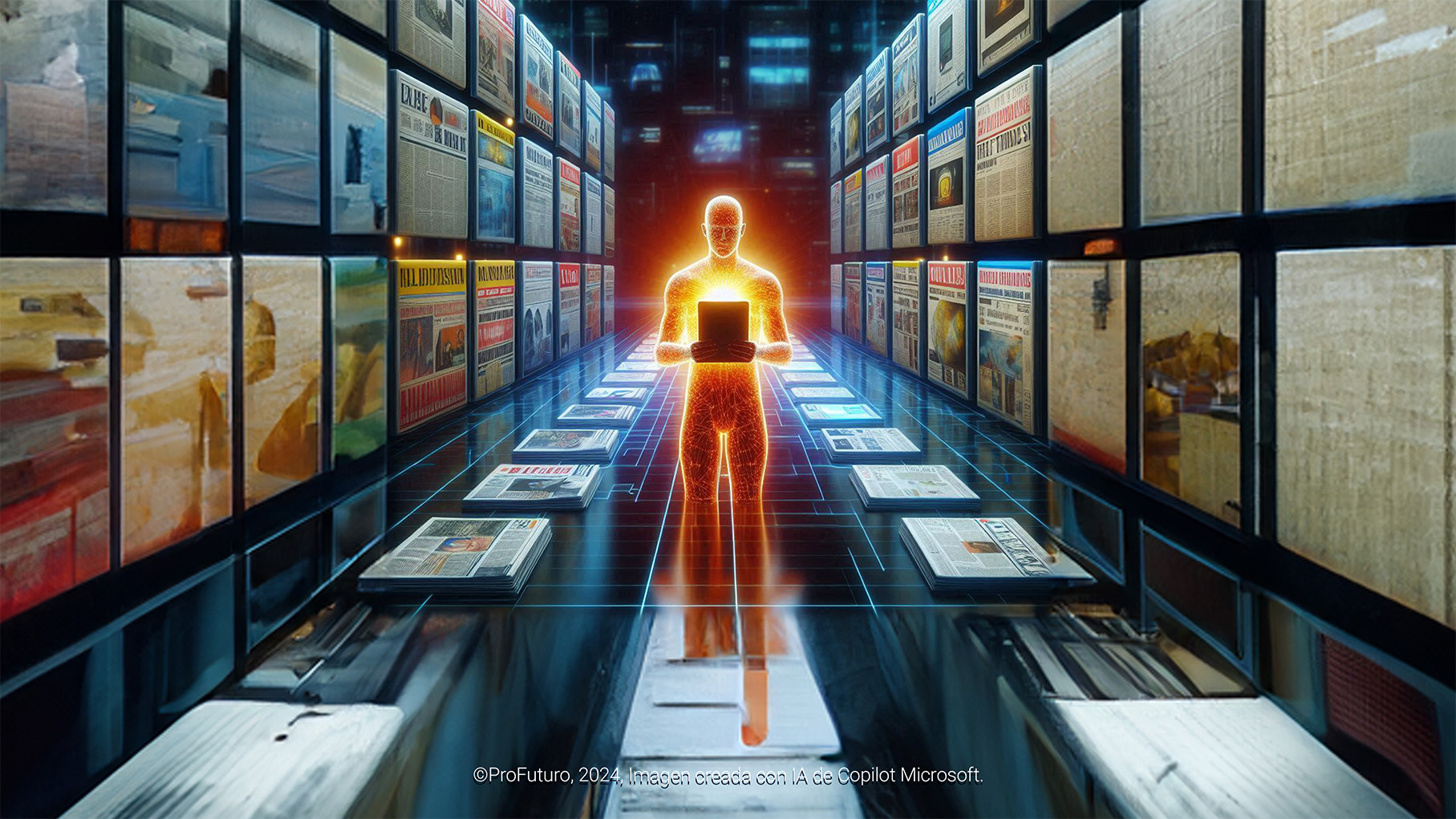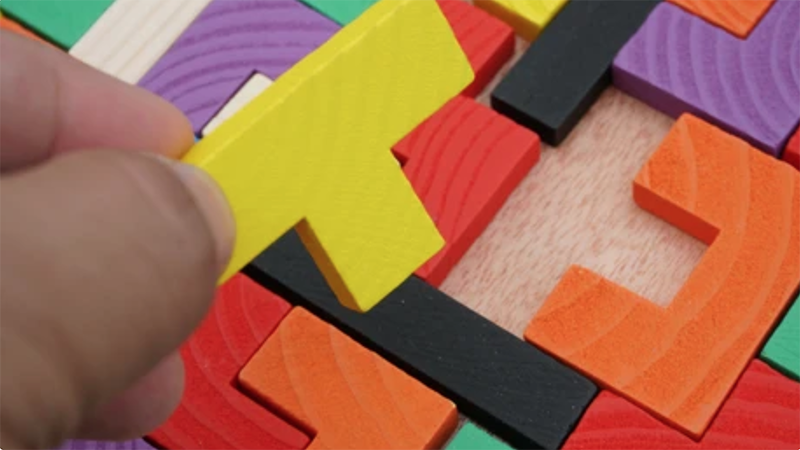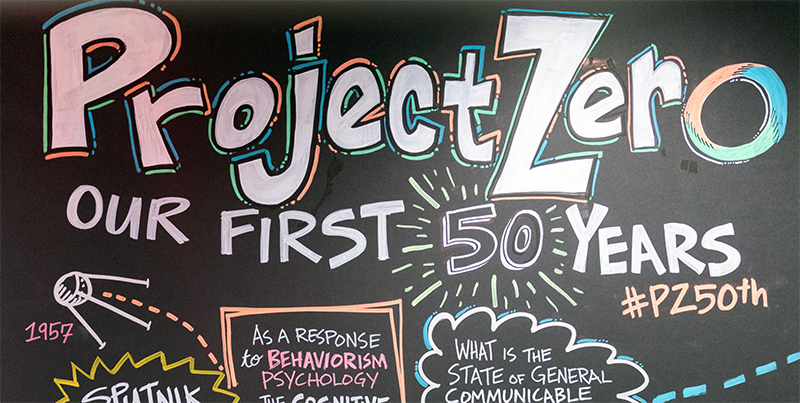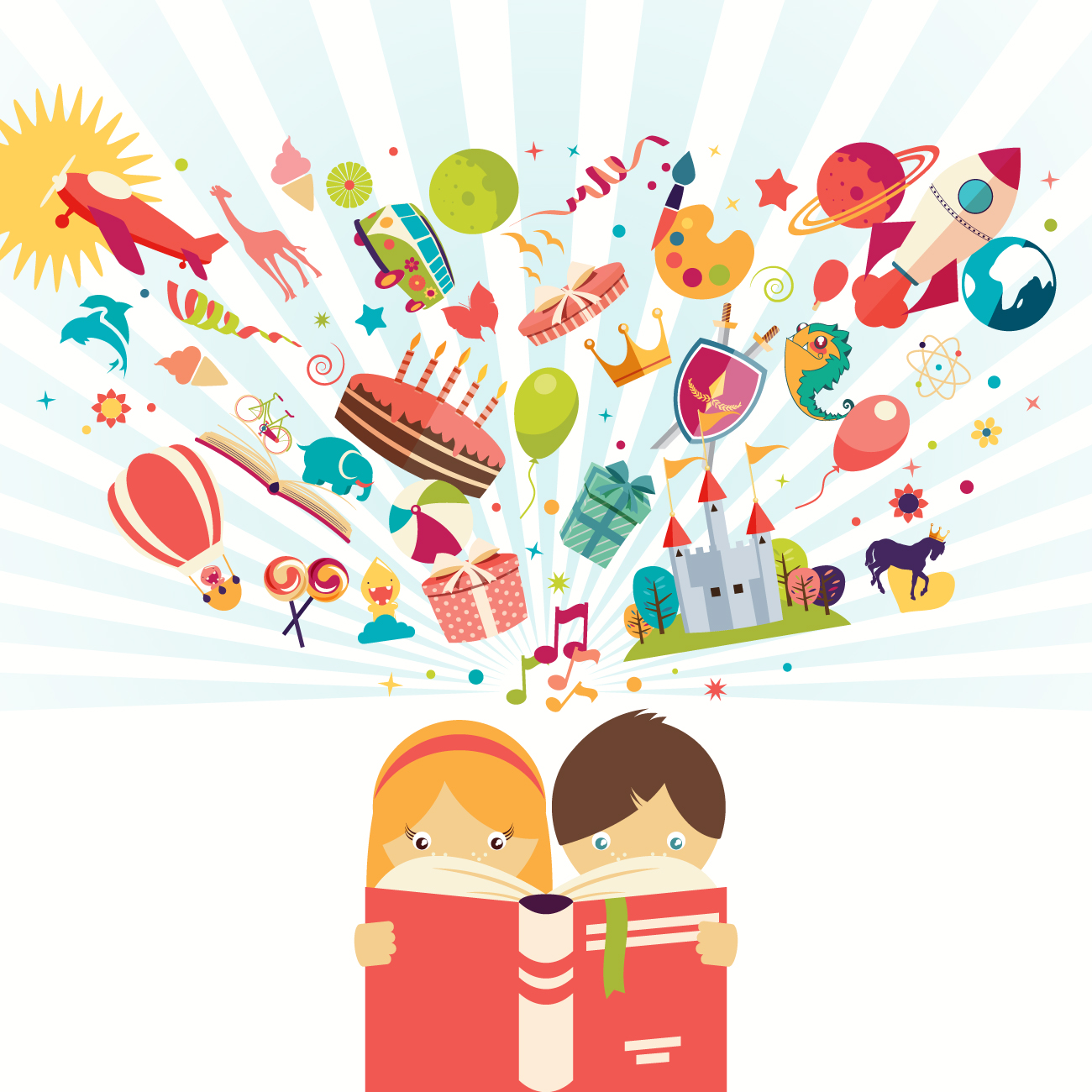“Never let the truth get in the way of a good story.” This ironic phrase, often heard in newsrooms, has never been more relevant. These are turbulent times for information: the battle for clickbait, likes, and virality has claimed its first and most important victim: the truth.
We live in the age of fake news. Researchers at the prestigious Massachusetts Institute of Technology (MIT) confirmed this by analysing tweets from three million people between 2006 and 2017 to measure their reach. The result was predictable and, in fact, is the 3.0 confirmation of the journalistic maxim that begins this article: fake news spreads and goes viral six times faster than the truth. Contrary to popular belief, we shouldn’t blame bots; according to this research, the main culprits for spreading false information are the users themselves.
An overload of information can be far worse than a lack of it. Prominent information theorist Neil Postman, long before the internet, said while speaking about television that people had lost the foundation to discern relevant information from irrelevant. Everything is content. It doesn’t matter where it comes from, who created it, or its relevance. Those interested can delve into one of his best works, “Amused to Death: Public Discourse in the Age of Show Business.”
In this context, Media and Information Literacy (MIL) has become one of the most crucial competencies to develop. In this article, we explore what MIL is, why it is so important, and some of its benefits.
MIL is the ability to access, analyse, evaluate, create, and act on media and information content in various forms and contexts.
What is Media and Information Literacy?
“Access to reliable and fact-based information is a fundamental pillar of democracy and is crucial for our ability to address all significant issues we face, be it climate change, migration, conflicts, or poverty. As such, it must be treated as a public good, just like the water we drink and the air we breathe.” These are the words of UNESCO Director-General Audrey Azoulay. Technological changes and the overwhelming advance of new technologies “require a completely new understanding of information and the ways it spreads.”
Thus, MIL is the ability to access, analyse, evaluate, create, and act on media and information content in various forms and contexts. According to UNESCO, it involves not only technical skills in using media and information technologies but also the critical ability to understand and question media messages and their context. MIL develops our ability to critically question what has been read, heard, and learned, and is vital for the development of a well-informed citizenry.
The Five Laws of Media and Information Literacy
In 1931, Indian mathematician and librarian S.R. Ranganathan published the Five Laws of Library Science, a set of fundamental principles that have since guided library management worldwide. Inspired by these laws, UNESCO published its Five Laws of Media Literacy, a set of premises providing a conceptual and practical framework for developing critical competencies in the use, understanding, and creation of information. These laws are:
- Information, communication, libraries, media, technology, the Internet, and other forms of information providers are meant to be used in critical civic engagement and sustainable development. All are equally important and none is more relevant than the others. Educational programmes should teach students to value and use a wide variety of information sources, from books and traditional media to digital technology and the Internet.
- Every citizen is a creator of information and knowledge and has a message to share. They should be empowered to access new information and knowledge and to express themselves. Media and Information Literacy (MIL) is for everyone, both women and men, and is an essential link to human rights. An environment where all voices are heard and the diversity of perspectives is valued should be fostered. Citizens must be empowered to access and use new sources of information.
- Information, knowledge, and messages are not always neutral or free from biases. Any conceptualisation, use, and application of MIL must make this truth transparent and understandable to all citizens. Education must include developing critical skills to identify and understand biases in information, promoting transparency and honesty in communication.
- Every citizen wishes to know and understand new information, knowledge, and messages, and to communicate, even if they are not aware of it, do not admit it, or do not express it. However, their rights must never be compromised. Educational systems and policies must ensure that all individuals have access to information and the opportunity to communicate, always respecting their rights.
- Media and Information Literacy is not acquired once and for all. It is a lived and dynamic experience, a process that is completed when it includes knowledge, skills, and attitudes, and encompasses access, evaluation, use, production, and communication of information, media, and technological content. Education should be a continuous learning process, adapting to new technologies and forms of communication. Practical skills covering everything from accessing to producing information must be taught.
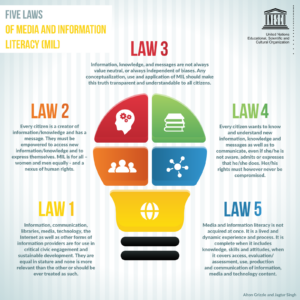
The Advantages of Media and Information Literacy
Media and Information Literacy provides numerous benefits across multiple areas, from personal development to civic and citizen participation. Here are some of its key advantages:
- Development of Critical Thinking: MIL fosters the ability to analyse and critically evaluate received information, identifying biases and verifying the truthfulness of sources.
- Better Access to Information: It facilitates access to a wide range of information and educational resources, which is important for continuous learning and personal development.
- Personal Empowerment: Individuals feel more capable of making informed decisions in various aspects of their lives, from health and finance to political participation.
- Communication Skills: It improves communication skills, allowing people to express themselves effectively and better understand others’ messages.
- Enhancement of Digital Skills: MIL develops essential technological skills in an increasingly digital world, including the safe and responsible use of the Internet and social media.
- Civic Participation and Democratic Strengthening: MIL promotes active and engaged citizenship, empowering individuals to participate knowledgeably in democratic processes and public debates.
- Reduction of Misinformation: It helps combat the spread of fake news and misinformation by educating individuals on how to verify information and rely on trustworthy sources.
In conclusion, Media and Information Literacy is an indispensable skill set for navigating the complexities of the 21st-century media landscape. By fostering critical thinking, promoting informed decision-making, and empowering individuals with the tools needed to access, evaluate, and create media content, MIL plays a crucial role in building a more informed, engaged, and democratic society.



